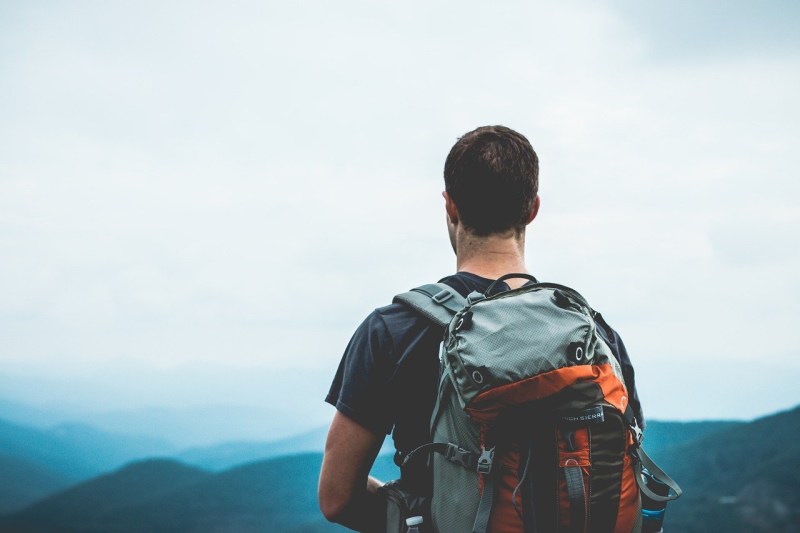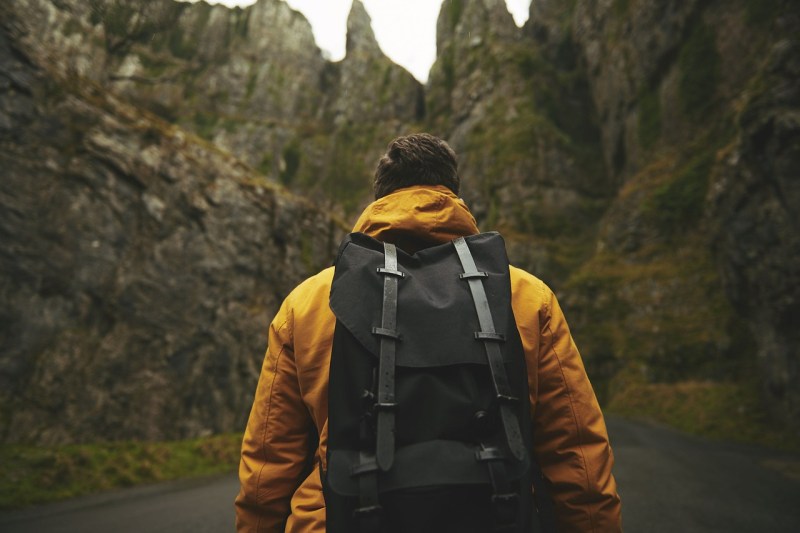
Getting outside for a hike is one of the most refreshing and liberating ways to enjoy nature. It can help stimulate positive feelings and is good for overall health, but unless you are taking a stroll around the neighborhood, you likely need to do some planning. Hikes ranging from a few hours long to a full day on the trail call for a few steps and precautions prior to setting off with your daypack in tow. However, with these easy tasks, you can ensure a safe and enjoyable hike.
Get the Route Right

Though you could stick to trails you know well, that would deprive you of some amazing hikes and new challenges. Since you’ll undoubtedly want to set off on a new path at some point, it’s important to know how to plan ahead to do so safely. The best thing you can do for yourself when you plan a day hike is to study the trail on a map once you’ve chosen where you’d like to hike. You should look for landmarks, potential emergency exits, campsites, and multiple easy sources of water along the way.
Once you have an idea of what the trail and hike will look like, you should start thinking about how long it will take to complete so you can pack accordingly. New hikers will likely walk slower, around two and a half to three miles per hour, while more advanced hikers may walk up to four and a half miles per hour. So, evaluate your speed candidly and think about the time it will take to complete the hike you’re planning. Remember to add roughly an hour per 1,000 feet of vertical elevation the trail gains.
Share Your Plans

As important as it is to be very well acquainted with the trail map and potential resources you might need to use along the way, you should also let someone know where you are going so they can know to check in on you after your hike. It’s a safeguard to ensure you make it home okay just in case you can’t get in touch with anyone while on the trail. This is also another reason why it is important to give an accurate time estimate.
Should you not make it home within a couple of hours of your anticipated finish time, those with whom you shared your plans should start thinking about getting help. For the best, most accurate information that your point of contact could share, write down all of your plans on paper. That way they can give it to the authorities if an evacuation is needed in an emergency.
Pack Appropriately

While you shouldn’t need much gear for a short hike, it never hurts to have a few contingency items stowed away. Try not to carry too much weight, but pack appropriately for your needs. Check the weather the day of your hike and toss in any gear you might need to stay safe and comfortable such as a rain jacket or rain pants to stay dry. A spare pair of socks can be useful to have on hand, too.
One other must-have even for day hikes is one additional layer for warmth, like a jacket, just in case the temperature drops after working up a sweat. If something were to happen on the trail, you’d likely also be thankful to have another layer to keep warm until you can be extracted.
Keep the Right Nutrition

Before you head out for an ambitious day on the trail, packing and eating the right nutrition is important. Opt for a meal that will give you lasting energy and hold you well through the day. This should also give your body plenty of fuel to burn as you work your way along the route. Remember to drink plenty of water to stay hydrated, too.
Just as it is important to eat well before setting out, it is equally important, if not more so, to have adequate snacks and water on hand in your backpack. Make sure you have ample water for your trek and be prepared to turn around no matter where you are in your hike once you’ve consumed half the water you have. Keep snacks on hand that can give you a boost of energy as well as sustain you should you need a pick-me-up. Things like trail mix are a classic for a reason. Many are loaded with protein, good fats, and a little sugar to boost your blood sugar. Whatever you like to munch on, just make sure it will hold you and stabilize your blood sugar if need be.
With these steps and packing tips, you will be ready to take off for your next day hike in no time.
Editors' Recommendations
- Going on a solo hiking trip? Here’s how to stay safe while hiking alone
- 7 Best Hiking Daypacks For Every Kind of Adventure
- How to Calculate Hiking Time and Plan For Being Away
- How to Avoid Muscle Cramps While Hiking in Cold Weather
- 5 Best Hikes for Fall to Enjoy the Burst of Autumn Colors



